Osunde’s second book shares some similarities with their acclaimed debut, Vagabonds! (2022). Like its predecessor, this one is billed as a novel but takes the structure of a short story collection, and follows a sprawling cast of queer characters living in Nigeria. The new book opens with a character who proclaims, “For me, blood family doesn’t mean shit….You, reading this, you’re here, alive, because your parents synced and you showed up. That’s it. Even if they planned for a child, it was still a raffle draw. A hand went in a bowl and picked you.” This introduces the novel’s predominant theme of found family—the characters in the book, who orbit around one another, grew up with varying degrees of parental support, but fiercely care for their fellow outcast friends, “messy motherfuckers,” as one of them puts it. There’s Akin, a panromantic and asexual musician who has recently exited a polycule; Maro, mourning the death of his closeted queer father; and Awele, Yemisi, and May, “angry at the world, angry at how angry [she is] as a person, angry at what [she] can’t unsee.” The characters spend their days making art, navigating their relationships, and at times convening in a “truth circle,” which acts as something like a group-therapy session. Osunde’s prose is beautiful, if at times a bit overwrought, and they have clearly put a lot of thought into their characters, whom they treat with tenderness and compassion. But there’s not much in the way of a plot, and the novel tends toward the scattered and shambolic. This is a tone poem of a book, a novel that relies on connections, but never fully connects.




